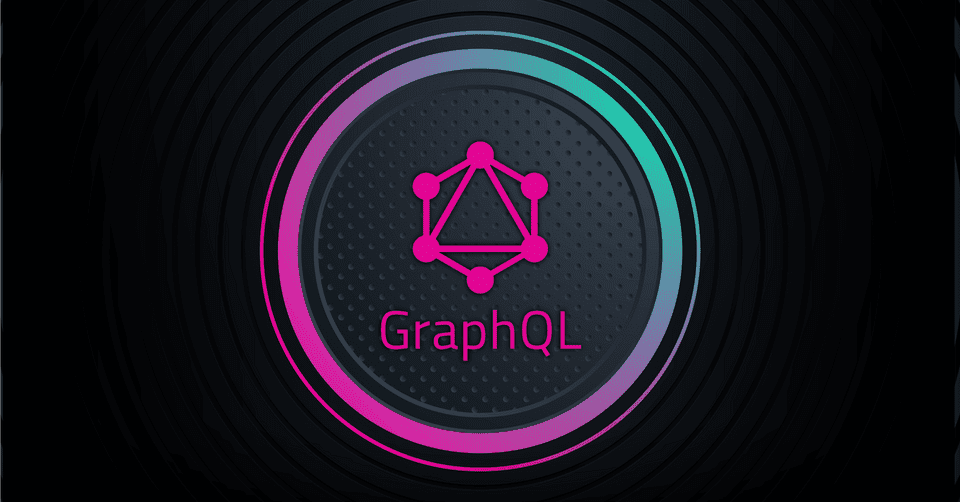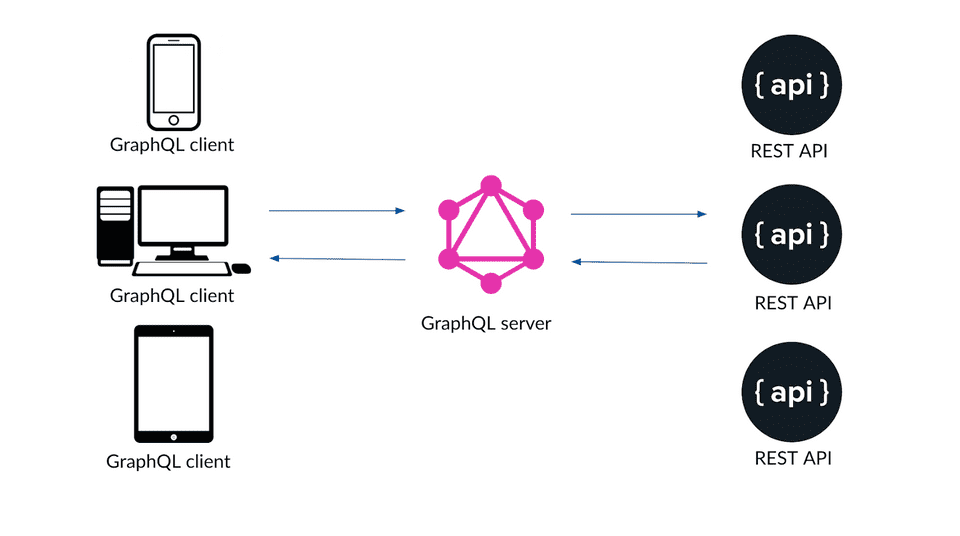GraphQL Notes
May 08, 2021

| Content |
|---|
| GraphQL |
| Callstack & tasks queue |
| JS runtime and web APIs |
GraphQL
Any application needing to make HTTP calls between a client and a server to send and receive data, it uses a REST API. Let's say we have build a web application with a few different clients:
- A web application for users to login and manage their data
- A mobile application for IOS users to manage their data on the go.
Unlike REST APIs, a GQL API is going to have just single endpoint exposed, that's called Query (as Query from GraphQL Query playground)
GraphQL here
------------
query {
user {
id, ------> I'm able to query 2 different objects and not necessarily
pick every prop in the object either..
name
city
}
product {
pid ------> In mobile, I could fetch just the bare minimum to make sure
title load time remains uncompromised.
In desktop, I could go all in, and grab other relevant
price data associated with this object such as comments, and or
etc.. product ratings.
}
}
_____
|web| ____________ ---
|app| <-----> | | /___\
|___| | API | / \
| to | <------> / DB \
––––– | GQL | /__Mongo__\
|mob| <-----> | | | |
|ile| –––––––––––––– _VVVVVVVVV_
_|____|_
Why GQL
- GraphQL is fast
- post with id,
- post details sent back
GET/posts/123
---------------------------->
Post details
<---------------------------------------------------
Ex. A post rendering
- Posts by Author
GET/posts?author=3233
---------------------------->
Posts by Author -server determines
what data to is sent back
<---------------------------------------------------
A GraphQL Query
It lets the client describe exactly what data it needs from the
server and the server sends it back.
Instead of requesting one at a time, I can request the post details, other
posts by that author, any post comments, all within a single GQL request.
It lets the client determine what data gets back, instead of the server determinining what data it should sent back.
- GQL is flexible and
- GQL easy to maintain.
Fewer HTTP requests, flexible data querying and less code to manage.

GQL: Schemas and Queries
What is a Graph
Refers about how data relates to other data.
Types
Data to store such as a User type, Comment type, or a Post type, and needed
when we need to define/create an API.
Ex:
User type -------> id (string), name (string)
Post type -------> id (string), title (string), published (boolean)
Comment type ---->. id (string), text (string)
Relationships
A User can have many posts.
A Post belongs to a User.
A Post can have many comments.
A Comment associated with a Post.
A User can have many comments.
A Comment always belong to a User.
/* Query
----- */
Querying objects, we need to specify fields we want
query {
users {
name
email
id
posts {
id
title
body
published
}
}
}
/*
Data
-----
*/
{
"data": {
"users": [
{
"name": "Andrew",
"email": "andrew@example.com",
"id": "64566edb-06c0-4f3d-8f71-997d86d77342",
"posts": [
{
"id": "995186c3-40d4-428d-835e-0b4ea53a97f7",
"title": "GraphQL 101",
"body": "This is how to use GraphQL...",
"published": true
},
{
"id": "1d982e9d-78f9-4518-89ee-efb107f1c55e",
"title": "GraphQL 201",
"body": "This is an advanced GraphQL post...",
"published": false
}
]
},
]
}
}